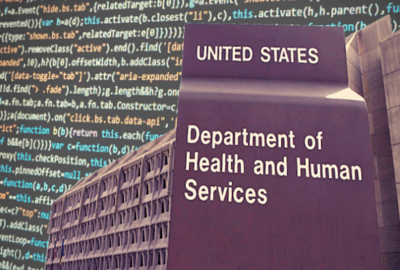IT sharing at the center of the Intel community’s second transformation
Al Tarasiuk, the chief information officer for ODNI and for the intelligence community, said the IC-IT Enterprise strategy is centralizing technology services a...
wfedstaff | April 17, 2015 4:16 pm
The intelligence community is going through a second type of transformation. When Congress created the Office of the Director for National Intelligence, the initial goal focused improving information sharing across the 17 intelligence community members.
Now, the move is to better share technology.
Al Tarasiuk, the chief information officer for ODNI and for the intelligence community, said the IC-IT Enterprise strategy is having a pretty significant impact on the community.
“It’s the establishment of a shared platform not only just for enterprise IT or corporate IT stuff, but eventually it will evolve to handling mission workloads, business services workloads and all kinds of things,” Tarasiuk said. “The big change is that agencies have their own IT systems and their own architectures and we connect those up through some interoperable capabilities. The shift now is from agencies having own to sharing and over time buying services from this shared platform.”
The ODNI-led effort started in January and will have the first set of technologies and services ready by this spring.
“It’s all elements of an IT stack,” Tarasiuk said. “Initially we start with computing, storage and being able to manage data in a shared environment. We are going to move to a single desktop for the entire community. We often talk about our version of mobility at least now is to be able to as an IC officer that works at one agency go into another agency building and have the same desktop there for you so you can do work from other places. That would include eventually overseas and our locations there.”
He said the single desktop would use the virtual desktop interface (VDI) technology.
Tarasiuk said certain members of the intelligence community will lead each of these efforts to build a single desktop or provide a government-only cloud or other services.
For instance, he said the National Security Agency and the CIA will provide the computer and storage and data services through the cloud, while the Defense Intelligence Agency and the National Geospatial-Intelligence Agency are building the standardized desktop.
“There are standard systems and desktops that everyone uses and that will be built into this,” he said. “A large part of this effort is to try to drive out costs. This is a massive consolidation effort to drive out costs of overall IT, but it’s also a platform for innovation for the future for the intelligence community.”
Tarasiuk said the IC estimated it could reduce its IT spending by 20 percent to 25 percent over six years through this consolidation effort.
“The efficiency imperative is to drive out costs over five or six years,” he said. “The imperative for me and one of my largest goals is by March of next year is to get the basic platform up and running. The cloud computing infrastructure and the first version of the desktop that will be limited to a certain number of users in the community and then we will be able to scale from then.”
Tarasiuk said the milestones beyond the first increment haven’t been formally decided upon yet. But he said the goal is to move out as fast as possible.
RELATED STORIES:
Intelligence agencies to squeeze savings from IT, contractors
Intel CIOs finding common ground in shared services
Copyright © 2024 Federal News Network. All rights reserved. This website is not intended for users located within the European Economic Area.
Jason Miller is executive editor of Federal News Network and directs news coverage on the people, policy and programs of the federal government.
Follow @jmillerWFED







